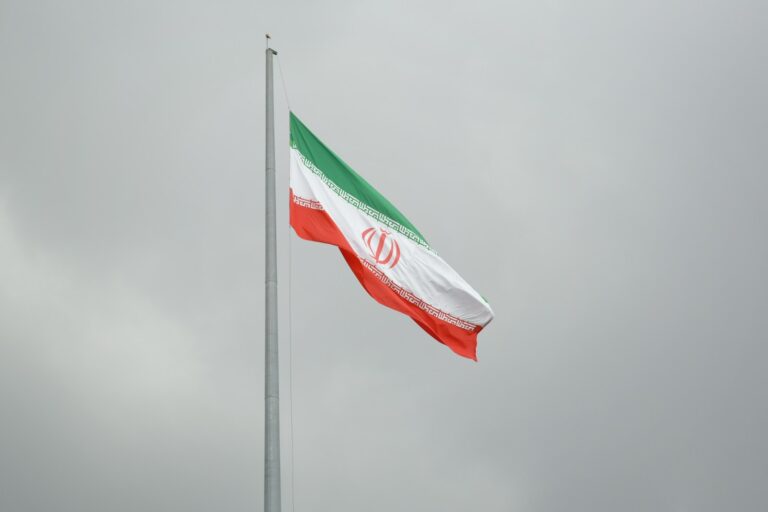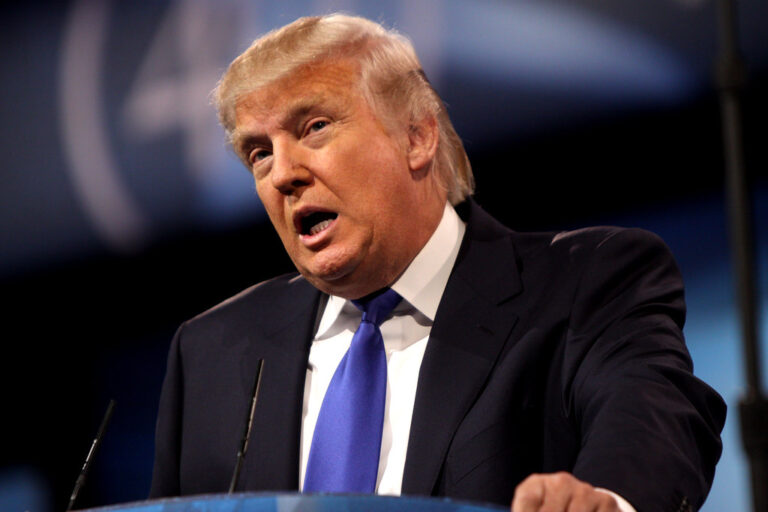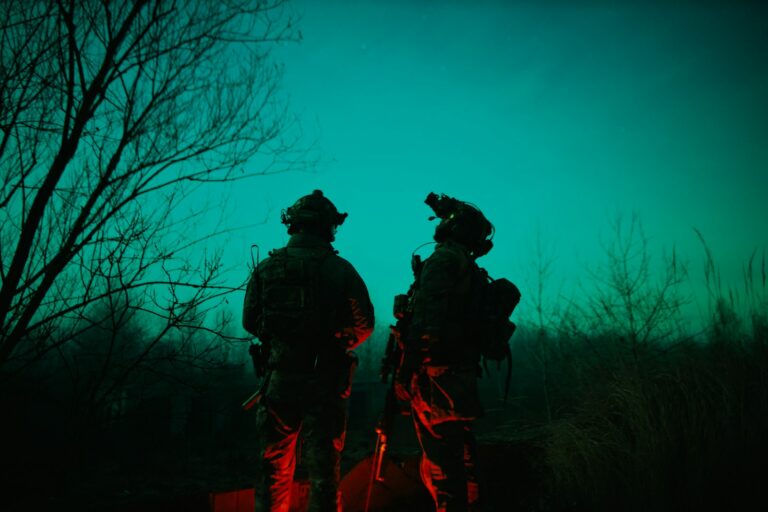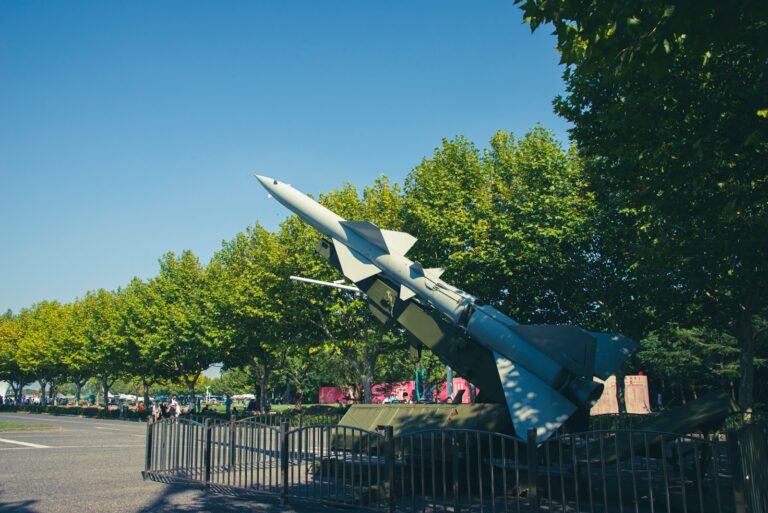Key Takeaways:
- Over 7,000 Christians have been killed in Nigeria in the first 220 days of 2025.
- That’s an average of 35 people killed every single day.
- The report was released by Nigerian human rights group Intersociety.
- Violence remains severe in several Nigerian states, raising global concern.
Christian killing in Nigeria sparks global concerns
Violence in Nigeria has reached alarming levels, especially for Christian communities. A new report reveals that more than 7,000 Christians have been killed in just seven months—an average of 35 people every day. This shocking figure comes from a study by the International Society for Civil Liberties and the Rule of Law, also known as Intersociety.
The group is based in Nigeria and tracks human rights violations. According to its report, Christian killing in Nigeria is not slowing down. Instead, the numbers suggest that 2025 might be one of the deadliest years for Christians in the country. The situation has drawn international concern and sparked questions about security, justice, and the future of religious freedom in Nigeria.
What’s causing the Christian killing in Nigeria?
Many factors are leading to Christian killing in Nigeria. In some parts of the country, religious tensions between Muslim and Christian communities have lasted for decades. Conflicts between herders and farmers, mixed with religious and ethnic differences, have led to bloodshed.
Terrorist groups also play a huge part. Groups like Boko Haram and other armed militias frequently target Christian villages and churches. These groups view Christians as enemies or simply as easy targets due to weak security in rural areas.
Intersociety’s report highlights that most killings have taken place in the northern and Middle Belt regions of Nigeria. These areas are known for religious clashes and have a long history of being under-policed or ignored by the government.
Why is nobody stopping it?
That’s the big question people are now asking. If the numbers are this high, why hasn’t the government done more to protect its citizens?
Critics say that weak leadership, corruption, and tribal politics are major reasons for the lack of action. Some government officials have been accused of downplaying the issue or refusing to label it a religious conflict. There’s also a shortage of proper law enforcement in the worst-hit regions, making it easier for violence to continue unchecked.
Intersociety believes that the government has failed to hold criminals accountable. It says many attackers walk free, which only empowers them to strike again. Even when arrests are made, trials are rare, and justice is delayed or denied.
How bad is it really?
To put things into perspective, 7,000 deaths in 220 days means a mass killing is happening in Nigeria every day. Imagine an entire school full of people wiped out daily—that’s the scale of the tragedy.
But the numbers might even be higher. Intersociety states that its figures are conservative, meaning the real toll could be worse. In many rural areas, murders go unreported because people fear retaliation or have no one to report to.
The types of violence vary too. Armed attackers burn homes, kidnap villagers, and shoot people during raids. Churches are destroyed, and entire communities are left without shelter or safety.
What is the world doing about the Christian killing in Nigeria?
International human rights groups and the global Christian community have raised their voices. Some have called for sanctions against Nigerian officials if changes aren’t made. Others want the United Nations to get involved.
The United States and other Western countries have also been urged to recognize these killings as acts of religious persecution. Recognizing the situation as a crisis could open doors for global aid and intervention.
So far, however, real global action is still limited. Many countries hesitate to get involved in Nigeria’s internal issues. Others worry about damaging trade and diplomatic relationships.
At the time of this report, Nigerian government offices have not responded publicly to Intersociety’s findings. News organizations are still awaiting official comments.
Is there any hope for change?
Yes—but it won’t be easy. First, Nigeria’s own government must take this crisis seriously. Military and police forces need better training, more support, and clear orders to protect vulnerable people.
Second, tribal and religious leaders must come together to preach peace and unity. These voices can reach people that politicians cannot.
Third, the international community must keep paying attention. Awareness leads to pressure, and pressure leads to change. By spreading the word, people around the world can help protect innocent lives.
Finally, justice must be served. Those involved in Christian killing in Nigeria must be arrested, tried, and punished. Only then will victims and families begin to heal.
The human cost behind the numbers
Behind each number is a story—a family torn apart, a child orphaned, a community broken. These are not just statistics. They are real people whose lives have been shattered by senseless violence.
Take, for example, the small village of Gwoza. Early this year, armed men stormed a Sunday service, killing 20 churchgoers and burning down houses. Survivors fled with nothing, their lives changed forever.
Stories like this are common. Yet, they rarely make headlines outside of Nigeria. That’s why it’s so important to shine a light on what’s happening and keep asking hard questions.
What can regular people do?
You might be wondering what you personally can do about something happening so far away. Actually, there are a few ways to help:
- Spread awareness by sharing reliable news and stories.
- Support organizations working in Nigeria to provide aid and protection.
- Write to your government leaders and ask them to take action.
Even small actions can create big ripples. When more people care, more people act.
Conclusion: The Cost of Silence
Christian killing in Nigeria is a dark and growing crisis. More than 7,000 lives have already been lost this year, and the toll keeps rising. While the world watches in silence, entire communities suffer.
Ending this violence will require action from all sides—governments, religious leaders, international groups, and everyday people. Until then, families in Nigeria continue to live in fear, wondering who will be next.
The time to pay attention is now.
FAQs
How many Christians have been killed in Nigeria in 2025?
Over 7,000 Christians have been killed during the first 220 days of 2025, according to a human rights group.
Who is responsible for the Christian killing in Nigeria?
Various groups are involved, including terrorist organizations, bandits, and some herder militants. Poor government response plays a role too.
What areas in Nigeria are most affected?
The northern and Middle Belt regions of Nigeria face the highest levels of violence against Christians.
What can the international community do?
Global leaders can apply pressure, support local aid organizations, and recognize the crisis as religious persecution to push for change.










